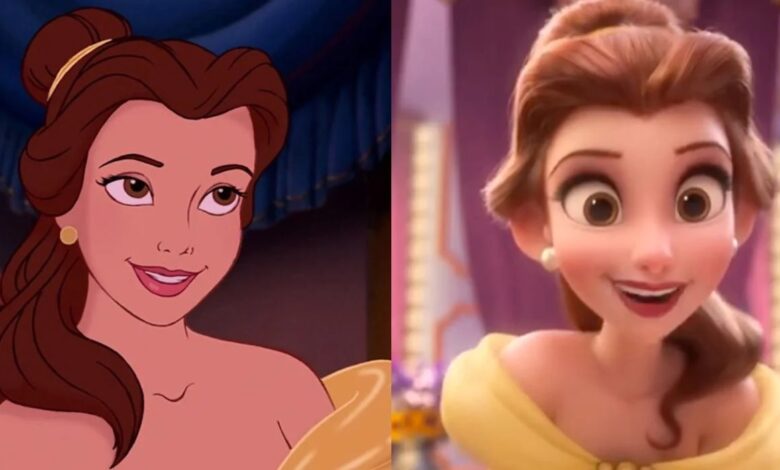
What’s the Difference Between 2D and 3D Animation
Animation has become an integral part of our lives, from the movies we watch to the games we play, and even the advertisements we see. As a beginner designer, choosing between 2D and 3D animation can be daunting. While both have their advantages and disadvantages, they offer vastly different experiences. 2D has been around for decades and is the traditional method of animating, involving hand-drawn frames and sequencing. On the other hand, 3D offers a more advanced level of animation with the ability to create lifelike characters and objects in a three-dimensional environment. So, we’ll delve deeper into the differences between these two and explore their practical uses.
In the world of motion graphics, a beginner designer always faces a choice: where to start? Should it be 2D animation or 3D? What is easier and what will profit more?
There’s no straightforward answer to that. Animation production is a complicated process on its own: https://astra-motion.com/services/video-editing/. Every technology has its own benefits, disadvantages, history, and uses ‒ this is what we will review in this article.
Comparing 2D and 3D

In a classic 2D animation, each frame was produced by hand. Utilizing 3D animation software, you can control your characters and things around them in a three-dimensional environment to create a 3D animation. Although drawing is an opportunity, it is not required for 3D animation.
Additionally, animators sequence various drawings together over a predetermined length of time to provide the illusion of movement inside a two-dimensional space using characters, different visual effects, and backdrops. On-screen objects and characters in the case of 2D only have a height and a width. On the other hand, 3D animation involves manipulating objects and characters in three dimensions: height, width, and depth. In comparison to 2D animation, 3D creates more lifelike characters and objects.
A two-dimensional object is more specifically a flat form with two dimensions that can be projected on vertical and horizontal axes only. Z-axis is also necessary for 3D forms, or three-dimensional objects, in order to display the third dimension of depth alongside the width and height.

Main practical differences
So, what basic differences between 2D and 3D animation you as a creator should know?
- A 2D art form involves animating elements in a two-dimensional environment. They solely provide services for length and breadth. Drawings are used to represent the movement, which is then organized into a series to give the impression of a continuous motion.
- Cartoons, commercials, product videos, and corporate films like explainer videos all employ the 2D animation style.
- With the use of computer software, 3D models are created and animated to move inside a virtual world. When compared to 2D animation, 3D animation might be more challenging since it involves the modeling process, animation (although automated), and rendering process.
- Generally speaking, 3D animation is utilized for high-end entertainment and is frequently employed in the video game industry and movies.
The more complex of the two is regarded as 2D animation in contrast to 3D animation in conventional animation. In addition to drawing 24 frames for every second of the footage, animators must have a thorough knowledge of animation rules, the mechanics of motions, and the science underlying those actions. 2D animation is more time-consuming and slightly more difficult than 3D since animators must alter each frame.




